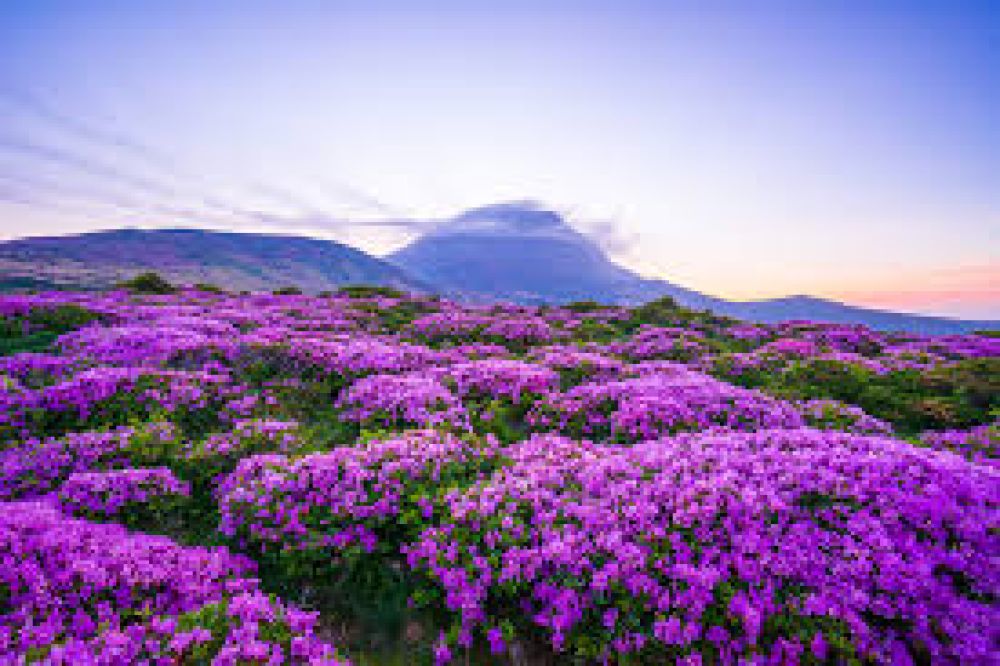

Hallasan National Park, a natural paradise boasting the highest mountain peak in South Korea, Hallasan Mountain, is a mesmerizing destination with a diverse ecosystem and breathtaking views. The optimal time to visit is generally during late spring (May to early June) or autumn (September to November). During these seasons, the weather is pleasantly mild and the vista is either filled with vibrant spring flowers or spectacular autumn foliage. Spring welcomes you with clear skies and blooming azaleas and rhododendrons, creating a colorful tapestry against the volcanic landscape. Visiting in autumn offers the chance to witness the vivid red and orange hues of the turning leaves, providing a stunning contrast to the volcanic rocks and blue skies.
While the summer months (June to August) can offer lush greenery, they are also characterized by a rainy season that may impede hiking and sightseeing activities with frequent downpours and fog. Winter (December to February) in Hallasan is starkly beautiful with snow-capped peaks, but the conditions can be challenging due to cold temperatures and slippery trails. Nonetheless, for the well-prepared and adventurous hiker, winter ascents can be rewarding, featuring serene, snow-covered landscapes. Travelers should also consider that the park's different altitude zones change the climate, especially when ascending Hallasan Mountain, so suitable clothing and preparations are important regardless of the season.
| Month | Min Temp | Max Temp |
|---|---|---|
| January | 3 °c | 7 °c |
| February | 3 °c | 8 °c |
| March | 5 °c | 10 °c |
| April | 9 °c | 14 °c |
| May | 13 °c | 19 °c |
| June | 17 °c | 23 °c |
| July | 21 °c | 28 °c |
| August | 22 °c | 29 °c |
| September | 19 °c | 25 °c |
| October | 14 °c | 20 °c |
| November | 9 °c | 14 °c |
| December | 5 °c | 10 °c |